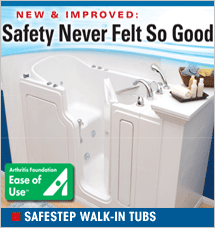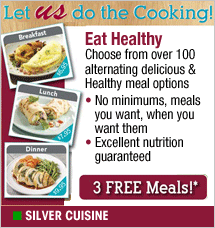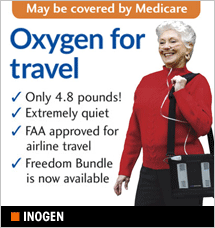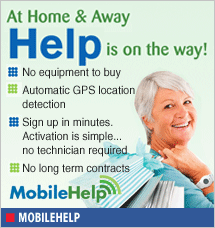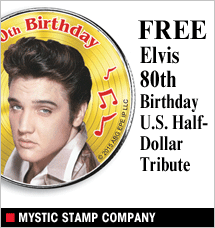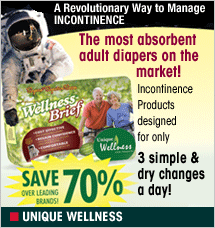
It was in 1945 that the Raytheon Company’s Percy Spencer stood in front of a magnetron (the power tube of radar). He felt a candy bar melt in his pocket.
When he put popcorn kernels in front of the magnetron, the kernels exploded all over the laboratory. Ten years later, Spencer patented a "radar range" that cooked with high-frequency radio waves. That same year, the Tappan Stove Co. introduced the first home microwave model. Now millions of meals come quickly from the nation’s microwaves practically every day.
In 1957, Enovid, a drug the FDA approved for menstrual disorders, came with a warning: The mixture of synthetic progesterone and estrogen also prevents ovulation. Two years later, more than half a million American women were taking Enovid — and not all of them had cramps. They didn’t want to be what we used to call “in a family way.”
In 1957, Oldsmobile came out with windows you didn’t have to roll up and down. The car was presented to Bud Parker, head coach of the Detroit Lions football team. Bud was a next-door neighbor of my wife’s family.
So much has changed since the 1950s.
Maybe you’re too young to remember. They were called “fender skirts.” I had a 1949 Buick with fender skirts. Their purpose was to keep mud and rocks from scarring the wheels.
In the 1950s many cars were equipped with “curb feelers.” If you didn’t know of them, they were wires extending out from the right side fenders that could scrape the curb. Then you would know you were too close.
Did you ever have a steering knob? The knob swiveled and was intended to make steering with one hand easier. These knobs are also known as "necker’s knobs," because they allowed steering with one hand while necking with your girlfriend. One disadvantage of the knob is that after letting go of the steering wheel after going around a corner, the steering wheel spins rapidly and the knob can smack your arm. Another name included “suicide knob.”
You can still buy a knob at Amazon.com for about $28. You can buy my new book, Wrestling Grandpa for a third of that amount (plug).
The running board in the old days was what, as a kid, you climbed on for a ride when your dad came home from work and drove up the driveway.
Parking brakes used to be called “emergency brakes,” as if your brake pedal was not enough to assure a stop.
Most young people don’t know what a clutch was, or that the dimmer switch for your headlights was on the car floor.
In 1952, Raytheon was manufacturing and selling junction transistors (under license from Bell Labs) to hearing-aid companies. More than 200,000 transistorized hearing aids were sold in 1953 by companies such as Beltone, Sonotone, and Zenith. Old folks didn’t need to use ear horns any more.
When we were young, people used to refer to “store-bought” clothes. Now, who but some rustic folk or Amish make their own clothes, or dresses at least.
In 1958, the Boeing 707-120 debuted as the world's first successful commercial jet airliner, ushering in the era of mass air travel. The four-engine plane carried 181 passengers and cruised at 600 mph for up to 5,280 miles on a full tank. The first commercial jet flight flew from New York to Paris; domestic service soon linked New York and Los Angeles.
In 1950, the pacemaker first came into use, to maintain the same heart rate either because the heart's rhythm was not fast enough, too fast, it beat out of rhythm, or there was a block in the heart's electrical system. This medical advancement has saved thousands of lives of seniors.
Diner's Club introduced credit cards in 1950. Later, American Express issued them in 1958. That eliminated the need for many to carry cash.
Some people use the credit card to withdraw cash from automated teller machines, or one may simply “swipe” the card to register a particular purchase so that they can pay for it at a later date. Credit cards are used universally and, undoubtedly excessively, these days.
Some other familiar inventions of the 1950s:
The laser invented by Gordon Gould, the Hula Hoop, the microchip, "Peanuts," the comic strip by Charles M. Schulz, the telephone answering machine by Bell Laboratories and Western Electric, and the first McDonalds started by Ray Kroc.
Car seat belts were introduced, Jonas Salk developed a vaccine against polio myelitis. And the Barbie doll came into being in 1959.
Just a few of so many developments we remember or now just take for granted.
Tait Trussell is an old guy and fourth-generation professional journalist who writes extensively about aging issues among a myriad of diverse topics.



























